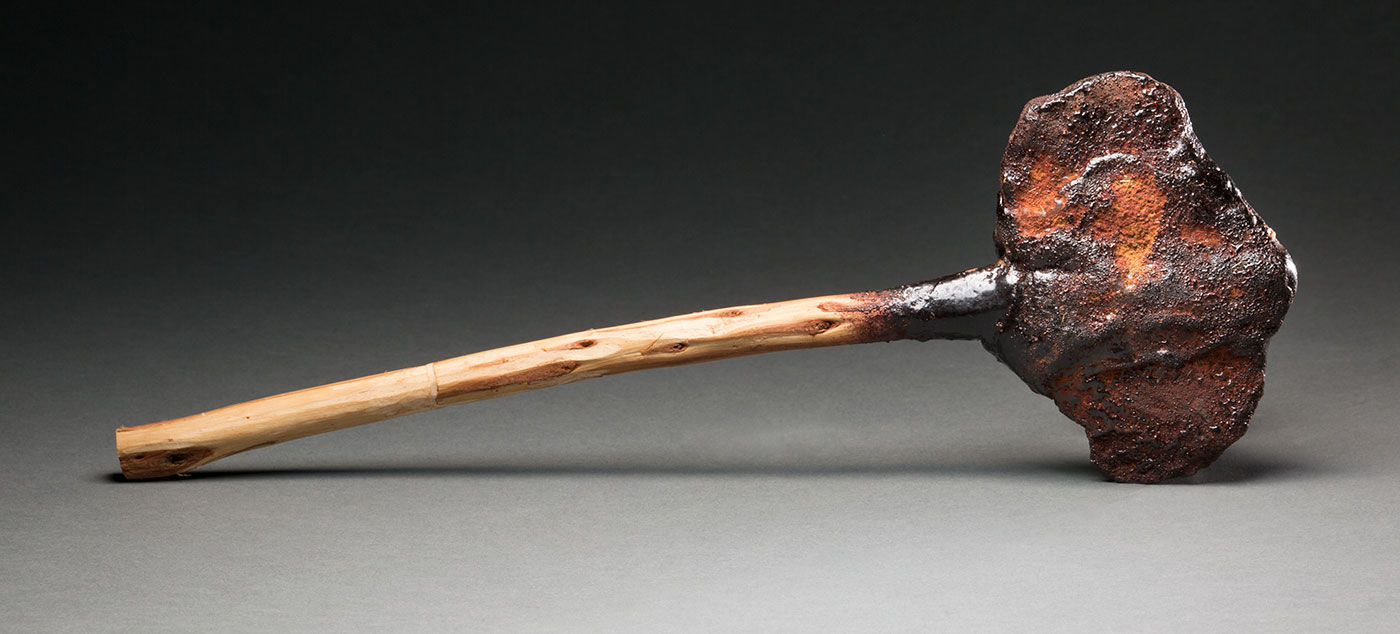
Menang country
In 1826 a British military post was established in Menang country.
Explore the relationship between Menang leader Mokare and colonist Alexander Collie, and how Menang people today reflect on this relationship.
Setting the scene
Mokare and Collie
Menang leader Mokare is widely remembered as a diplomat and negotiator. He shared his cultural knowledge with early settlers, including Alexander Collie, the first government resident at Albany.
The British had set up a garrison in Menang country (King George’s Sound) in 1826, mainly to deter the French from setting up a trading post in the region. Mokare guided Collie on several journeys, and made him aware of the impact the colony was having on Menang people.
Alexander Collie, Perth Gazette, July 1834:
We certainly had come into their country and set ourselves down.
When Mokare was dying, Collie nursed him in his own home and, when he died, helped to bury him according to Aboriginal custom. Collie died in 1836 and was buried, at his request, alongside Mokare in Albany. Mokare continues to be recognised by Menang people today.
Taap (knives)
Lynette Knapp, Menang woman, 2011:
Taap knives could be used to skin and gut animals. Both ends of the knife were used — the blade to cut, and the pointed wooden end to lever the skin and guts.
Changes to Menang life
These taap reflect changes that colonists brought to Menang life. The taap at top has flakes of bottle glass instead of the usual fine-grained stone. Aboriginal people quickly recognised the advantages of using glass for blades.
The other knife has rough quartz flakes. Menang people today identify this taap as having been made quickly, perhaps for the souvenir trade with ships visiting Albany.
Ezzard Flowers, Menang elder, 2012:
It’s important that things like these here are displayed and shown and talked about so that people do understand ... where we are coming from and how long we have been here.
Harley Coyne, Noongar man, 2013:
As a Noongar man from this country, I’m looking forward to examining that material to see what types of resins they used to make the stone axe and what type of wood they used to make the spears ... I’m just going to, I think, confirm that we were taught the right way.
Kodj (axe)
The taap (knives) and kodj (axes) collected by Alexander Collie are ways into the early history of Menang life.
Larry Blight, Menang man, 2012:
For a few years I didn’t know who I was, but making the tools really started to put me back to where I should have been heading anyway ... I was just lucky that an elder out there took their time to show me ... It's a very ancient art and just to keep it revived is a good thing.
Video stories
Learn about making a kodj (axe)
Watch this video of Menang educator and craftsman Larry Blight demonstrating the art of making a kodj (axe).
Activity: If this axe-making activity was being taught 100 years ago, what elements do you think would be the same and what would be different? Think about the people, the setting and the activity being demonstrated.
More activities
Larry Blight describes using the balga resin while making his kodj (axe). Investigate some of the uses of the balga or grass tree (Xanthorrhoea). Create a poster or present your findings to the class. You could download the guide below for inspiration, or visit the South West Aboriginal Land & Sea Council food website.
- Download Plants and people in Mooro Country6.1 mb pdf [ PDF | 6.1 mb ]
Learn more about Noongar culture today. Start your research on the South West Aboriginal Land & Sea Council website. Set yourself a challenge to learn 10 new things about Noongar culture. Design a poster to show your findings.
Explore more on Community stories


